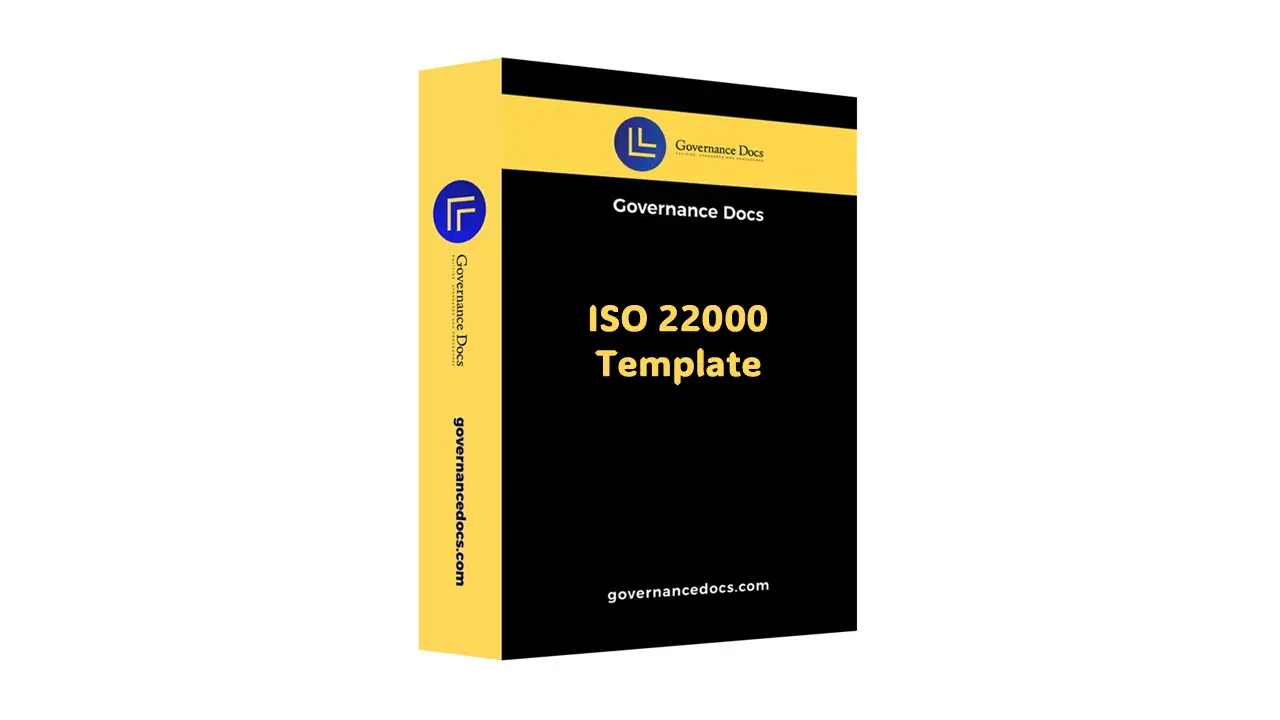Procedure for Calibration and Verification
In the intricate world of food safety management systems (FSMS), precision and accuracy are not just desired—they are imperative. The “Procedure for Calibration and Verification” is a meticulously crafted guide that stands as a beacon for organizations striving to uphold the highest standards of food safety. This essential document, identified by the code 8022, is a cornerstone for any entity seeking to align with the rigorous demands of ISO 22000, the international standard for food safety management.
At its core, the Procedure for Calibration and Verification is designed to ensure that all equipment used within an FSMS is not only functioning correctly but is also capable of producing reliable and consistent results. This procedure is vital for maintaining the integrity of food safety processes, as it provides a structured approach to both calibrating and verifying equipment. By following this guide, organizations can confidently assert that their equipment is operating within the specified parameters, thereby minimizing risks and enhancing the overall safety of their food products.
One of the key features of this procedure is its comprehensive nature. It covers a wide range of equipment types and provides detailed instructions on how to calibrate and verify each one. This ensures that no piece of equipment is overlooked, and every aspect of the FSMS is scrutinized for accuracy. The procedure also includes guidelines for documenting the calibration and verification processes, which is crucial for maintaining transparency and traceability within the system.
The benefits of implementing the Procedure for Calibration and Verification are manifold. Firstly, it helps organizations to comply with ISO 22000 requirements, which is essential for gaining and maintaining certification. This not only enhances the organization’s reputation but also opens up new market opportunities by demonstrating a commitment to food safety. Secondly, by ensuring that all equipment is properly calibrated and verified, organizations can reduce the likelihood of errors and product recalls, which can be costly both financially and in terms of brand reputation.
Moreover, the value proposition of this procedure extends beyond compliance and risk reduction. It fosters a culture of continuous improvement within the organization, encouraging staff to regularly assess and optimize their equipment and processes. This proactive approach can lead to increased efficiency, reduced waste, and ultimately, a more sustainable operation.
In conclusion, the Procedure for Calibration and Verification is an indispensable tool for any organization operating within the realm of food safety management. By providing a clear and detailed framework for calibrating and verifying equipment, it not only ensures compliance with ISO 22000 but also enhances the overall effectiveness and reliability of the FSMS. For organizations committed to excellence in food safety, this procedure is not just a guideline—it’s a pathway to success.
All GovernanaceDocs documents are developed based on well-known standards such as NIST CSF, ISO 27001, ISO 22301, PCI-DSS and HIPAA.
Hence, You just need to download and selected document and add your company name and logo.










Reviews
There are no reviews yet